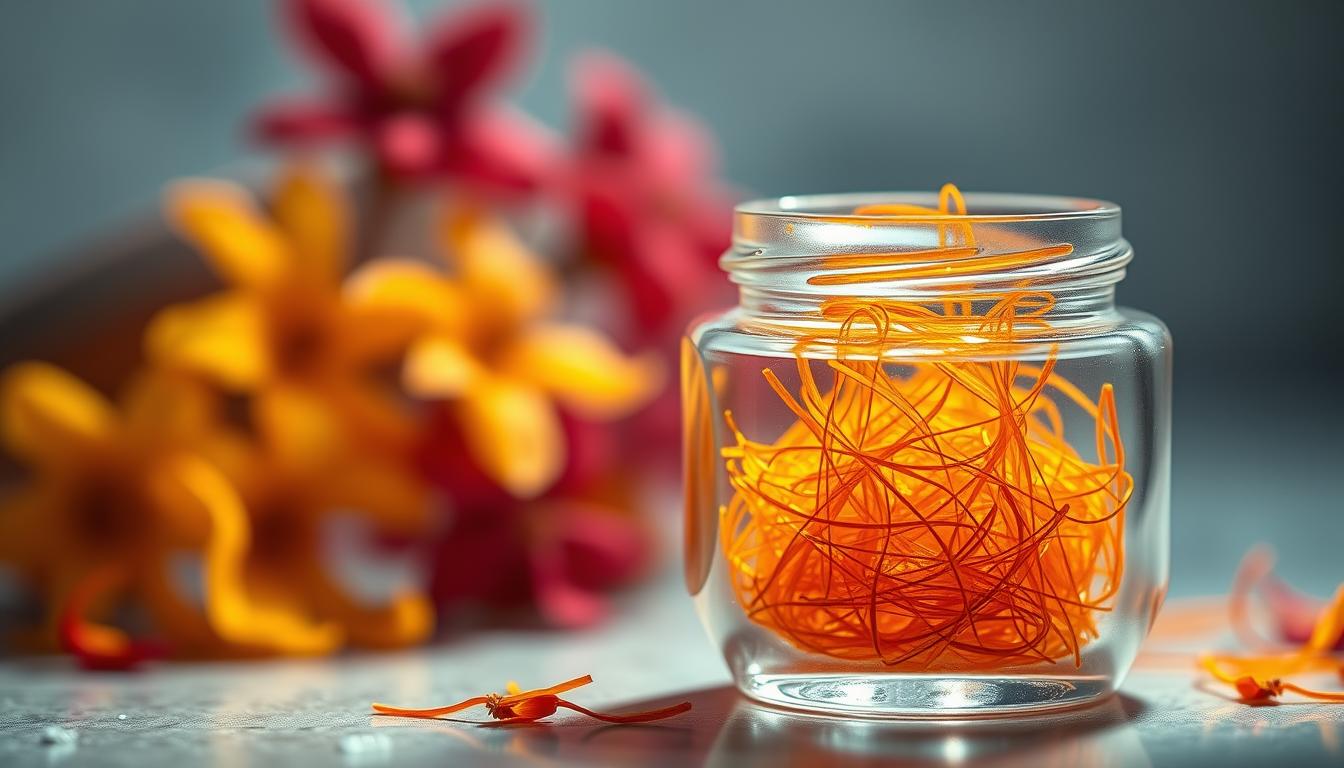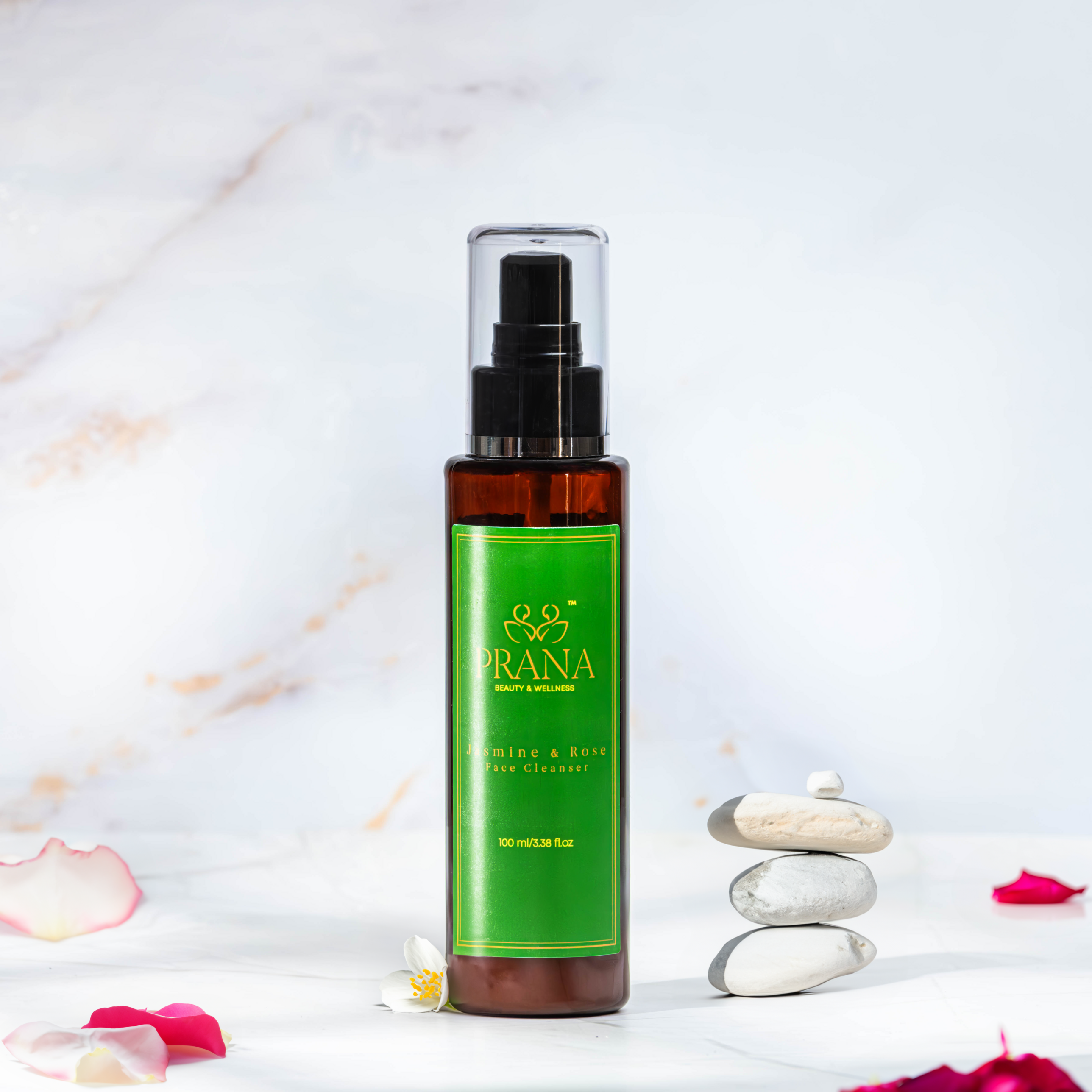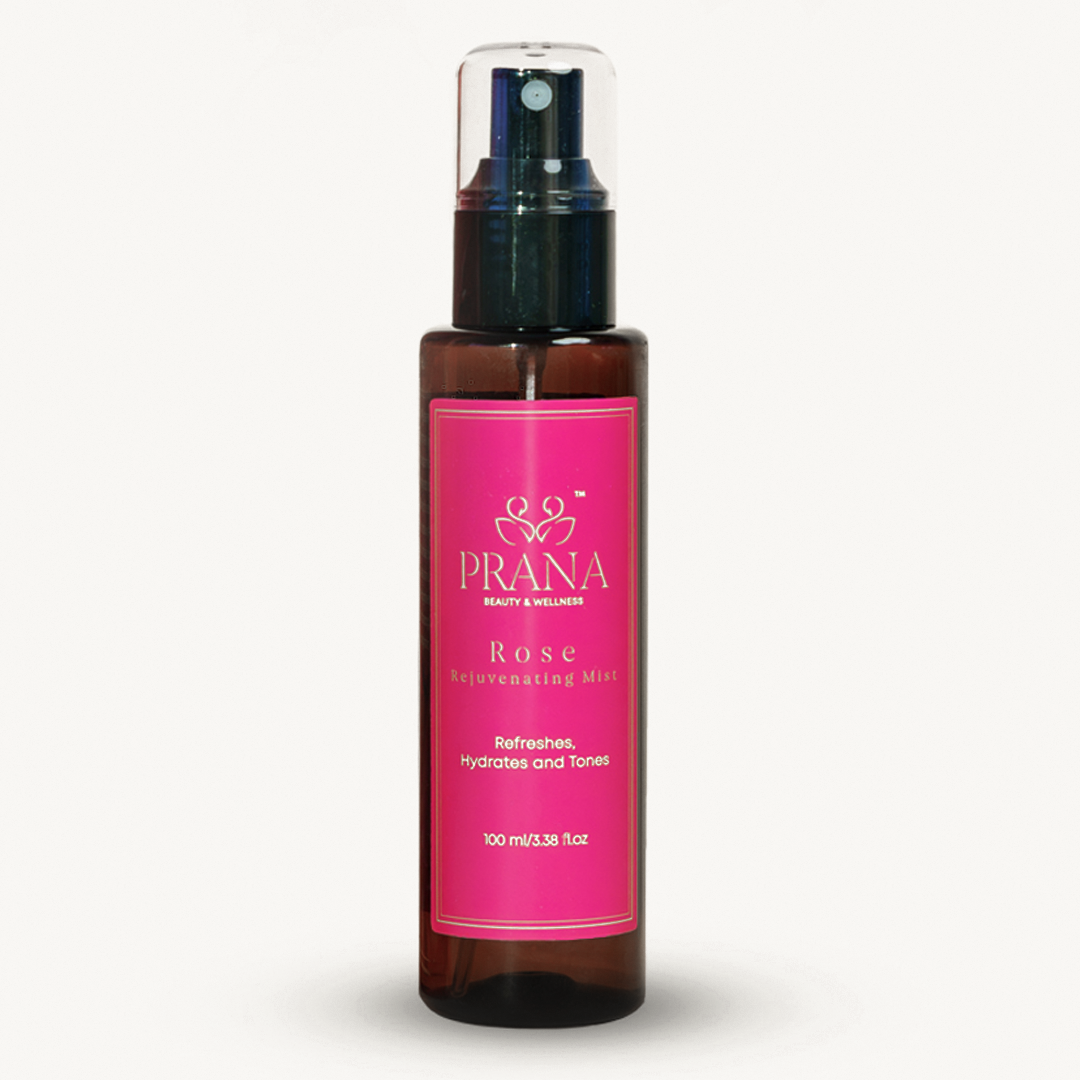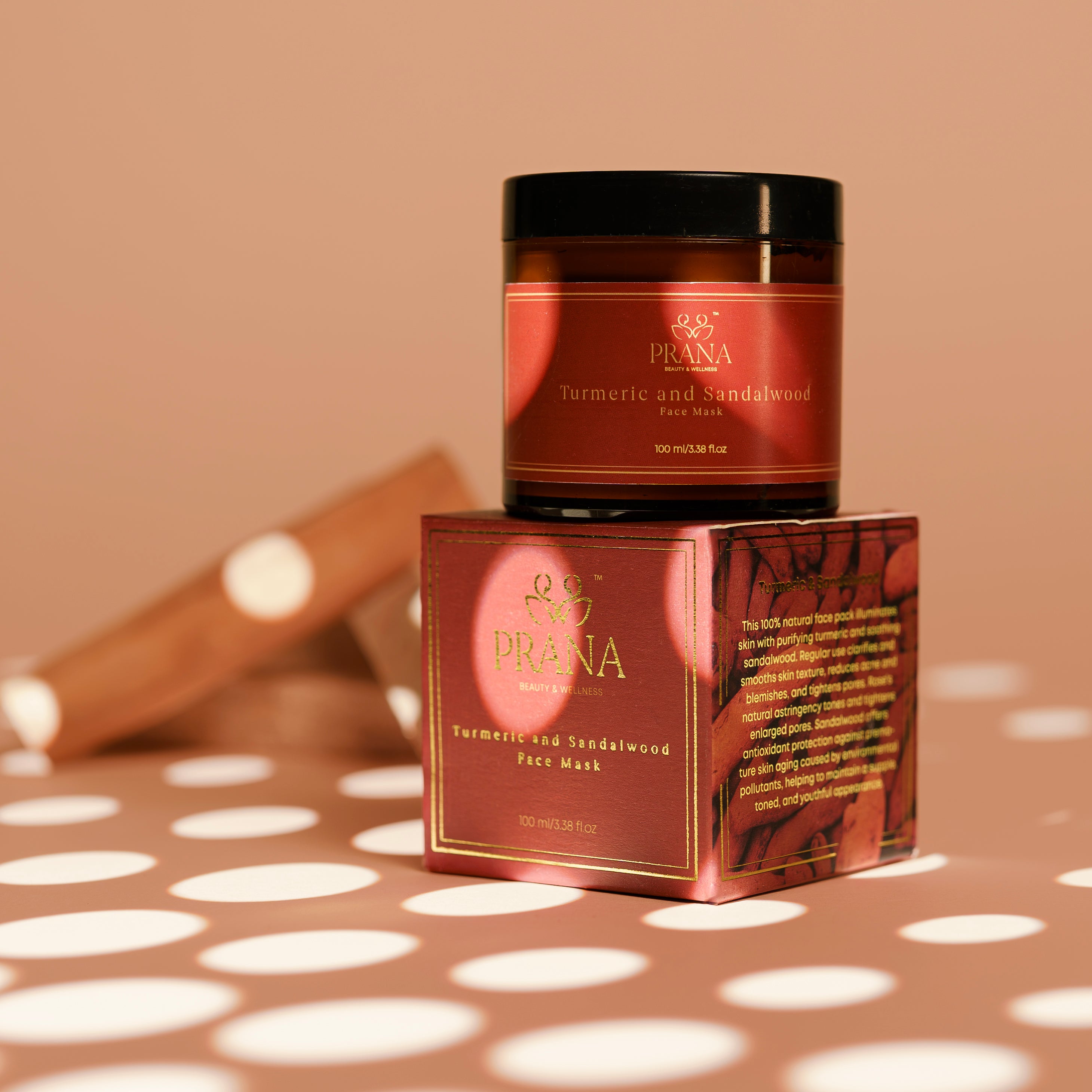Homemade Saffron Serum Guide - DIY Skincare

Did you know a single saffron flower only has three stigmas? To make just a pound of saffron spice, about 75,000 flowers are needed. This shows how valuable saffron is, not just in cooking but also in skincare.
Imagine making your own DIY saffron serum recipe to use every day. The benefits for your skin are huge, thanks to its antioxidants. This guide will show you how to make an easy saffron serum. It will make your skincare routine feel special and luxurious.
If you love DIY projects or are new to homemade beauty, making your own natural saffron serum is exciting. Saffron is known for making food tasty and colorful. Now, it's also used in skincare for its anti-inflammatory and skin benefits. Making saffron serum at home is a fun way to take care of your skin naturally. Let's learn how to make a serum that makes your skin look bright and well-cared-for.

Key Takeaways
- Understand the luxurious history and substantial skin benefits of precious saffron in homemade serums.
- Learn the simplicity and accessibility of creating an effective DIY saffron serum recipe at home.
- Discover the versatility of saffron, from infusing coconut oil to blending with aloe vera for various skin benefits.
- Gain insight into why natural saffron serum is a valuable addition to any organic skincare regimen.
- Embrace the ethos of holistic wellness by using natural solutions for a healthy complexion.
What is Saffron Serum?
Saffron Serum is a unique skin care product that blends old saffron traditions with new tech. It uses top-quality saffron strands, noted for their vibrant color and health perks. This creates a serum focused on complete skin wellness.
Saffron naturally contains crocin, crocetin, and safranal. These give the serum powerful anti-inflammatory and antioxidative benefits. Saffron serum for skincare isn't just for looks; it's also healing. Organic saffron serum is highly sought after for its natural processing and purity.

Adding saffron serum to daily skin care routines offers both beauty and health benefits. Here's why saffron is becoming key in top beauty serums:
Overview of Saffron in Skincare
For ages, saffron has been valued in traditional medicine for its healing effects. Now, it's gaining fame in beauty care by being included in skin products. Saffron serum, packed with antioxidants, fights off damaging free radicals and helps skin stay young, giving you a bright, healthy look.
Benefits of Saffron for Skin
- Enhances skin brightness: Using saffron serum regularly can make your skin glow and even your skin tone.
- Reduces inflammation: It's great for skin that's sensitive or prone to inflammation, easing acne and irritations.
- Hydrates thoroughly: Saffron moisturizes the skin well, keeping it flexible and soft.
How Saffron Serum Works
The power of saffron serum comes from its ability to penetrate deep into the skin. The organic elements in saffron mix well in a carrier oil. This makes the serum soak into the skin better. It carries nutrients right to skin cells, strengthening the skin's defense and guarding against pollution and aging.
The benefits of saffron serum are getting more attention in the skin care world. It turns everyday care into a luxury, nourishing experience that's good for you.
Ingredients Needed for Saffron Serum
Choosing the right saffron serum ingredients is vital for an effective and safe DIY skincare item. Here, we explain the key ingredients, how to find the best saffron, and some extra things you can add to make your serum better.
Essential Oils and Base Ingredients
- Carrier Oils: Pick from coconut, jojoba, or almond oil. These base oils mix with the strong saffron, making the serum soft for your skin.
- Essential Oils: Add lavender or rose oils for more benefits like reducing inflammation or a calming smell.
Sourcing Quality Saffron
Choosing top-notch saffron is key for your serum. Go for the Afghani Superior Negin saffron, famous for its high crocin levels. Crocin gives saffron its healing powers. Using real saffron serum ingredients makes the serum more effective and helpful.
Optional Additives for Enhanced Effects
- Vitamin E: An antioxidant that makes the serum last longer and improves skin healing.
- Aloe Vera Gel: Calms and moisturizes the skin, perfect for sensitive types.
- Honey: A natural substance that draws in moisture to keep skin moist.

Following this step-by-step saffron serum guide and choosing quality materials makes your homemade serum work well and enjoyable to use. Each chosen ingredient aids in keeping your skin healthy and vibrant, showing our dedication to overall wellness.
Step-by-Step Instructions
Start your journey to make your own homemade saffron serum with our easy guide. We'll show you each step to make it simple and effective for your skin.
Preparing the Saffron Infusion
To begin, get some high-quality saffron strands. Here's how to infuse it:
- Heat a carrier oil like coconut or jojoba oil in a clean, dry container.
- Add the saffron strands to the warm oil.
- Let the mixture sit overnight. This lets the saffron make the oil strong and colorful.
Mixing and Combining Ingredients
After infusing the saffron, it's time to mix everything:
- Pour the saffron oil into a bigger bowl.
- Add things like vitamin E or essential oils to nourish your skin more.
- Mix it well to make sure your serum works great.
Bottling and Storing Your Serum
Now, let's finish by storing your serum:
- Strain the mix to take out solids. This makes your serum smooth.
- Put the serum in a clean glass bottle. Use a dropper for easy use.
- Write the date on the bottle. Keep it in a cool, dry place away from the sun.
Follow this step-by-step saffron serum guide to make a skincare treat. Have fun making a product that makes your skin look and feel luxurious, thanks to saffron.
Tips for Making the Best Saffron Serum
Making your own homemade saffron serum is both exciting and rewarding. It's great for adding something special to your skincare routine. Whether it's your first time or you're seeking to make an organic saffron serum, paying close attention is key. Here are expert tips to make your saffron serum safe and effective.
Choosing the Right Carrier Oils
Choosing the right carrier oil depends on your skin type and desired benefits. Coconut oil is great for deep moisture, while almond oil is perfect for sensitive skin. Jojoba or grapeseed oil are light and good for oily skin.
The Importance of Proper Measurements
Getting your measurements right is crucial for a good serum. It keeps the serum consistent and strong while avoiding skin irritation. For best results, use measuring spoons or a digital scale and stick to the recipe to preserve the benefits of saffron and essential oils.
Testing for Skin Sensitivity
Always test your saffron serum on a small skin area before full use. A good spot is the inside of your wrist. Wait at least 24 hours to check for bad reactions. This test helps avoid allergies and makes sure the serum works for you.
How to Use Saffron Serum
To fully benefit from saffron serum, it's important to know how and when to use it. This natural product can greatly improve your skin. But, you must apply it the right way.
Recommended Application Techniques
Start with a few drops of saffron serum on clean skin. Use your fingertips to gently rub it in. Move in circles to let it soak deep into your skin.
This process boosts blood flow and makes the serum work better.
Best Times to Apply the Serum
Evening is the best time for saffron serum. This is when your skin fixes itself. So, the serum can do its best work while you sleep.
Applying it before bed helps your skin look more clear and bright in the morning.
Pairing with Other Skincare Products
Adding other skincare products can increase the serum's power. Use a moisturizer after the serum. This keeps your skin moist and traps the benefits of saffron inside.
Potential Side Effects of Saffron Serum
Saffron serum is known for possibly helping the skin. But, knowing the side effects is key for anyone wanting to try this natural option. We stress the need to test for skin sensitivity to make sure it's safe and lower the chance of bad reactions.
Skin Reactions and Allergies
The natural parts of saffron serum ingredients might cause skin issues or allergies for some people. It's crucial to do a patch test before using it fully. Doing this step helps catch any bad reactions early, which keeps your skin safe.
Avoiding Common Mistakes
For the best results and least risks, sticking to a step-by-step saffron serum guide is important. Handling it right and mixing it properly are vital. Not doing so could make it work worse or cause skin issues you didn't expect.
When to Seek Professional Advice
If saffron serum causes bad effects, stop using it and talk to a skin doctor. They can give advice and other options that may suit your skin better. They help figure out how to use treatments safely, without hurting your skin.
How to Customize Your Saffron Serum
Making your unique skincare product is both rewarding and good for you. With a DIY saffron serum recipe, you have many choices to make it just right for you. Let's see how you can change your organic saffron serum to work better for your skin type.
Infusing with Other Herbs and Oils
Adding different herbs and oils to your saffron serum can tackle many skin problems. For instance, lavender oil calms the skin and reduces inflammation, and tea tree oil is perfect for those with acne because it fights bacteria. This way, your natural saffron serum doesn't just feed your skin; it also solves specific issues.
Adjusting Concentrations for Potency
You can adjust how much saffron you use to make your serum stronger or milder. If you're looking for more anti-aging power, add more saffron for its antioxidants. But if you have sensitive skin, you might want to use less. Changing the saffron amount lets you decide how strong your organic saffron serum is against daily stress.
Tailoring for Specific Skin Types
Choosing the right carriers and ingredients is key for a serum that suits your skin. If you have oily skin, use lighter oils like jojoba or grapeseed. But if you have dry skin, richer oils like avocado or almond are better. This way, your DIY saffron serum recipe fits perfectly with what your skin needs, making it healthy and bright.
Storage and Shelf Life of Saffron Serum
Keeping your homemade saffron serum stored right is key for its power. Follow this easy saffron serum tutorial to store right and know when it's too old.
Best Practices for Storage
Storing your saffron serum the right way keeps it working longer. Here’s what you should do:
- Always keep the serum in an airtight glass container to prevent oxidation.
- Store the container in a cool, dark place away from direct sunlight to protect the integrity of the saffron.
- Consider refrigeration to further prolong the serum’s shelf life, particularly in warmer climates.
Understanding Expiration Dates
A homemade saffron serum has no synthetic preservatives, so it won't last as long. Keep these points in mind:
- The average shelf life ranges from three weeks to two months, depending on the other ingredients used.
- Mark the date of production on the container to keep track of its age.
- Observe any changes in consistency or smell as these can indicate it’s time to make a fresh batch.
Signs Your Serum Has Spoiled
Knowing when your serum is bad is important. Watch for these signs:
- A change in the color or texture of the serum might suggest contamination or degradation of ingredients.
- An unusual odor is a strong indicator that your serum has spoiled and should not be used.
- Any sign of mold or bacterial growth is a clear sign to discard the product immediately.
By following these tips, you'll keep your step-by-step saffron serum guide working great. This way, you'll fully benefit from this natural skincare.
Benefits of Homemade Saffron Serum Over Store-Bought
Creating your own saffron serum has many cool benefits compared to store-bought ones. With a DIY approach, you make sure you're using saffron's benefits to the fullest. Plus, you get to pick the ingredients' quality.
Cost-Effectiveness and Value
Homemade saffron serum is a great deal. High-grade saffron and commercial serums can be pricey. Making your serum cuts down these costs. Buying ingredients in bulk makes it even cheaper per batch.
Control Over Ingredients
With a DIY saffron serum, you know exactly what’s going on your skin. Store-bought versions often have extra stuff you might not want. You get to use only clean, organic components that are good for you.
Personalization for Unique Skin Needs
Everyone's skin is different, and store serums might not work for all. But, a homemade saffron serum can be customized. You can focus on what your skin really needs, like fighting aging or keeping it hydrated.
Conclusion
Our journey shows that natural saffron serum can majorly improve your beauty routine. This article's step-by-step guide helps you make an effective, natural skincare solution. We explained how to find the right ingredients and how to put together organic saffron serum. We also talked about how to keep it fresh.
Recap of Key Points
This guide highlighted saffron's antioxidants and its benefits for skin health. Making your own serum is simple. With the correct ingredients and care, your blend can make your skin look and feel better. Just follow the instructions to make a top-quality skincare product.
Encouragement to Try Making Saffron Serum
We encourage you to try making your own organic saffron serum. It's fun and offers benefits like a deeper understanding of skin-friendly ingredients. This practice fits into a holistic wellness approach, improving your health and beauty with age-old wisdom and new insights.
Final Thoughts on Natural Skincare
Using natural skincare, like saffron serum, matches our goal to support total wellness. We trust the efficacy of natural remedies and provide educational content to guide you. We hope these organic methods enhance your skin and bring you internal peace and well-being.















